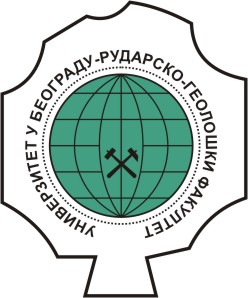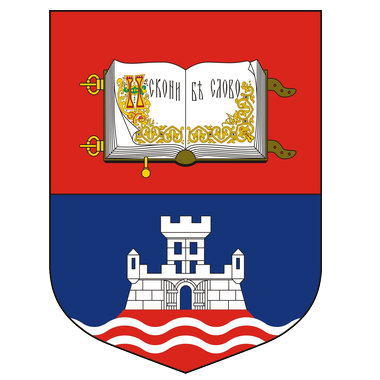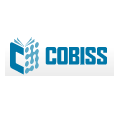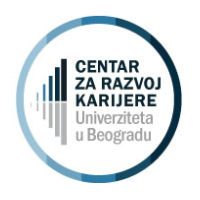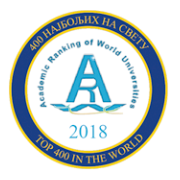Study program:
Geology (I semester -PhD) |
|
Name of subject: Mineralogy and Environmental Protection |
Instructors:
Dr Alena Zdravković |
|
Status: Optional |
|
ECTS: 10 |
|
Prerequisites: - |
Course Objectives:
Acquiring knowledge about the role of mineralogy in solving environmental problems caused by the natural and anthropogenic impacts through methods of mineralogical investigations of the atmosphere, soils, and water. |
Learning Outcomes:
Understanding the significance and role of minerals and mineralogical investigations in the maintenance of the environment. |
Content:
Theory teaching
Minerals in the atmosphere and global warming. Particle dimensions and sampling methods. Methods of separation. Methods of identification. Morphology and particle dimensions. Clay minerals. Minerals dangerous for human health. Particles from industrial plants. Dispersion in the atmosphere. Flying ash. Composition and granulation. Consequences of mining activity. Remediation strategy and the role of mineralogy. Practical teaching
Experimental exercises - Identification (infrared spectroscopy, optical microscopy, and scanning electron microscopy) and determination of the granulation of the hover material. Statistical interpretation of data. |
Suggested Reading List:
- EMU Notes in Mineralogy, Vol. 2 (2000): Environmental Mineralogy (D.J. Vaughan and R. Wogelius, eds., 434 pages)
- Poharc-Logar V.: Instrumentalna mineralogija, Udžbenik, RGF
- 2.Guven N. & Pollastro R. M. Editors (1992): Clay-Water Interface and its Rheological Implication. The Clay Minerals Society, pp.244.
|
Conduct of the Course:
Interactive lectures and exercises with projections. Experimental exercises on available laboratory equipment. |
Fund hours:
| Lectures |
Exercises |
Other forms of teaching |
Study research |
| 5 |
0 |
0 |
0 |
|
Assessment:
| Final Exam |
ECTS |
| Oral Exam | 40 |
| Classwork Assessment |
ECTS |
| Class Participationа | 5 | | Practical Classes | 25 | | Written tests | 30 |
|
|
Additional Assessment Criteria: - |
|
|
